Walking... is how the body measures itself against the earth
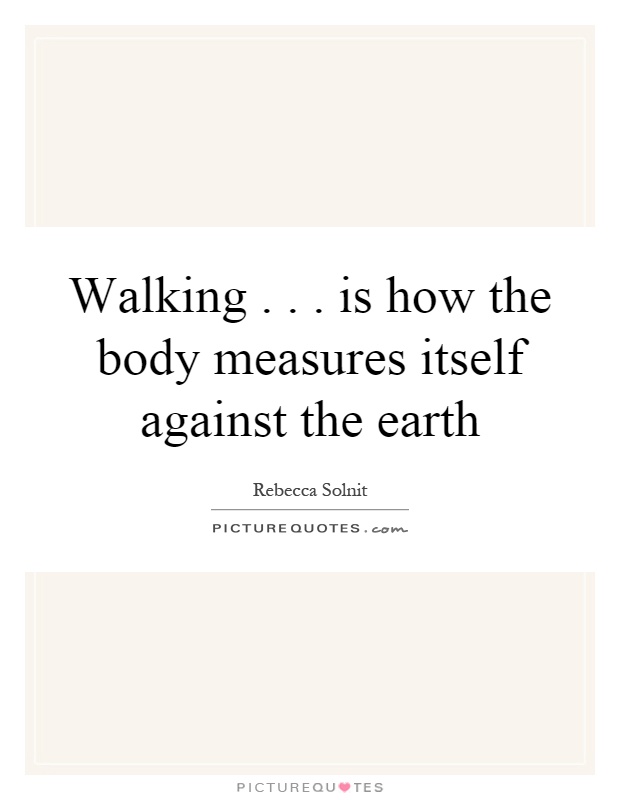
Walking... is how the body measures itself against the earth
In her book "Wanderlust: A History of Walking," Rebecca Solnit explores the profound connection between walking and the human experience. She delves into the idea that walking is not just a physical act, but a way for the body to connect with the earth and understand its place in the world. Solnit writes, "Walking... is how the body measures itself against the earth." This statement encapsulates the essence of walking as a means of grounding oneself and finding a sense of belonging in the natural world.Walking is a universal human experience that transcends cultural boundaries and time periods. It is a simple yet powerful act that allows individuals to engage with their surroundings in a way that is both physical and spiritual. When we walk, we are not just moving from one place to another; we are immersing ourselves in the sights, sounds, and sensations of the world around us. In this way, walking becomes a form of meditation, a way to quiet the mind and connect with the present moment.
Solnit's assertion that walking is how the body measures itself against the earth speaks to the idea that walking is a way for us to understand our place in the world. As we move through the landscape, our bodies interact with the terrain, adjusting to its contours and rhythms. In this way, walking becomes a form of dialogue between the body and the earth, a way for us to feel our connection to the natural world.
Walking is also a way for us to experience a sense of freedom and autonomy. When we walk, we are not confined by the constraints of modern life; instead, we are free to explore and discover at our own pace. Walking allows us to break free from the confines of our daily routines and immerse ourselves in the beauty of the world around us.

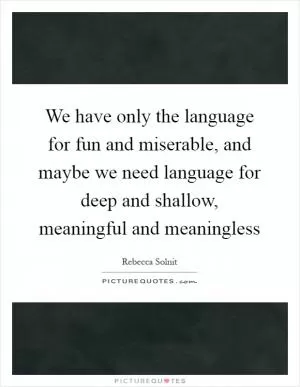

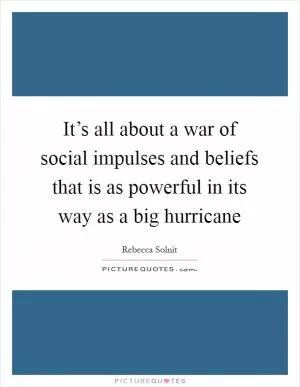

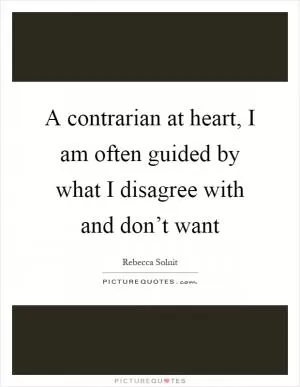
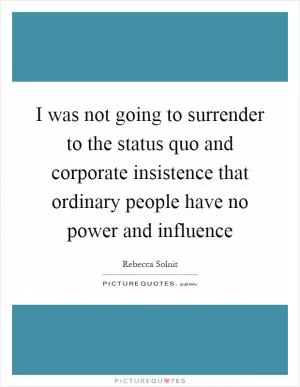

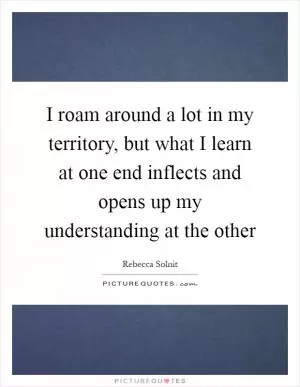
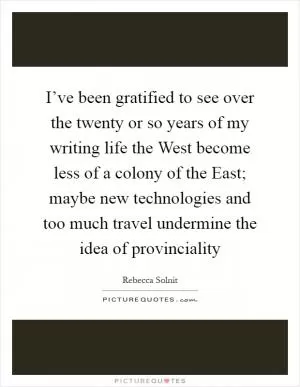
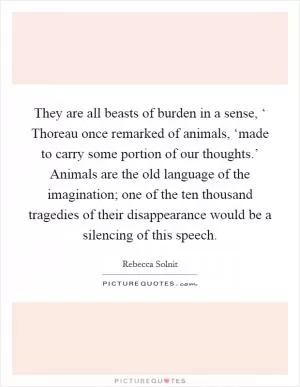
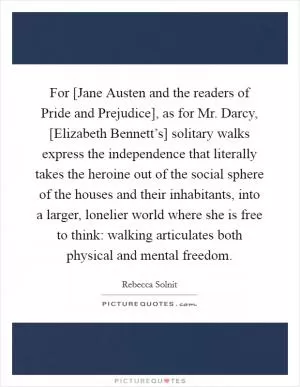
 Friendship Quotes
Friendship Quotes Love Quotes
Love Quotes Life Quotes
Life Quotes Funny Quotes
Funny Quotes Motivational Quotes
Motivational Quotes Inspirational Quotes
Inspirational Quotes